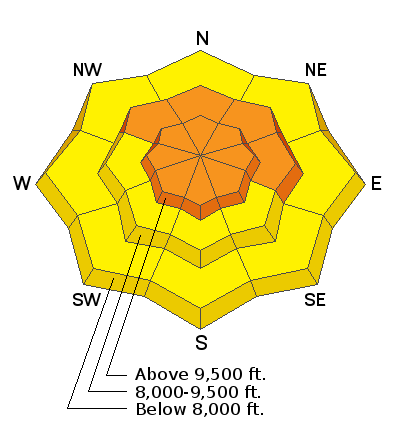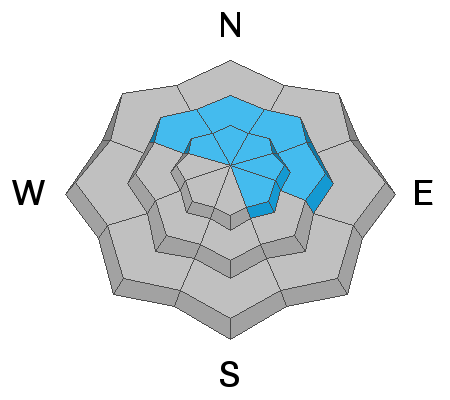Forecast for the Provo Area Mountains

Issued by Trent Meisenheimer on
Monday morning, February 11, 2019
Monday morning, February 11, 2019
The avalanche danger is CONSIDERABLE on and below steep, wind drifted slopes at all upper elevations, as well as mid elevation northwest through east facing slopes. Human triggered avalanches are likely and natural avalanches may be possible. Dangerous avalanche condidtions.
- New and old wind drifts can be triggered on all steep mid and upper elevation slopes.
- Avoid being below any steep terrain. Avalanches can travel long distances and hit you from above.
- Watch for new snow soft slabs and sluffs in steep terrain.
- There remains the chance of triggering a deeper avalanche, especially in shallow snowpack areas.
Seek out non wind-drifted terrain . Wind sheltered, low and mid elevation terrain has a MODERATE danger, and much better turning conditions.

Low
Moderate
Considerable
High
Extreme
Learn how to read the forecast here








